Major green features are the fast-growing raw material that grows in only 5 years. Actually a bamboo grows from sprout in just 2 years to full size. Then it takes 3 years, until the wood has hardened. Thus, the bamboo plant is ripe for the harvesting or it will be broken in the next few years in a natural way by storm. Within 5 years enough sprouts have grown to replace, it is a natural selection. In fact, 25% of a bamboo forest can be harvested every year without compromising the nature in any way.
Is bamboo really environmental friendly?
If we compare Bamboo with regional woods such as pine, beech or oak, then bamboo is much more environmental friendly in many points:
- Bamboo grows in just 5 years - European woods require 50-100 years.Bamboo is one of the fastest growing plants on earth. It grows in only 2 to 4 months up to 20m high. After that, the plant needs four years to develop a hard wood structure. At the same time new shoots are growing automatically each year, so that each year 25% of the pipes in a bamboo forest can be harvested, without reducing the size of the forest or the number of trees per hectare. With the harvest of the older tubes more energy (light, water) is available for the remaining forest - thus the quality of the forest is increased.
- The controlled cultivation and management is carried out under strict control of the government, the forestry inspectors, environmental authorities and associations. The FSC certification also guarantees recognized Western standards.
- Regional aspects shorten transport routes. In Western world we are used to buy anywhere. This means that raw materials and intermediate products are transported several times some 100 km from north to south and west to east. In the controlled growing areas of Anji, however, everything is close together. Within an area of about 100 km radius, bamboo is grown and fully processed to plates, parquet flooring and finished furniture. The transport to the seaport of Shanghai is only 160 km. The ecological balance of a sea freight is finally the most environmentally friendly transport route.
- CO2 storage and oxygen production. Bamboo is an important and fast CO2 fixator. That means, bamboo absorbs and binds a large amount of CO2 during its growth. In Comparison, a bamboo forest binds 1,46 times as much as a European forest and 1,33 times as much as a tropical rain forest of same size. At the same time bamboo produces oxygen. One hectare of bamboo forest produces 1350kg oxygen and our European forest only 750kg. This is 1.8 times more ..
- Under the condition that processing and transport not use more CO2, as has been saved in the plant, bamboo is neutral in it’s eco balance (LCA CO2). The processing of wood in Europe is dominated by the energy-intensive particle board industry, were wood is shreddered and with a lot of energy (heat) glued back to plates. The production of bamboo plates from the 25mm wide bamboo strips, is in comparison made with relatively small energy-saving machines.

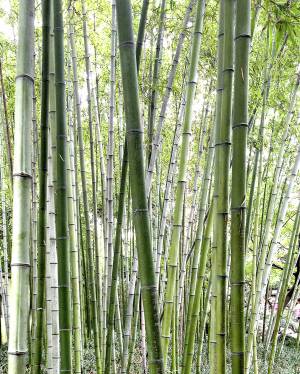




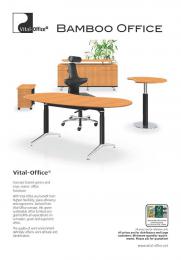

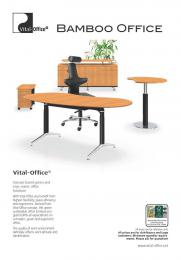

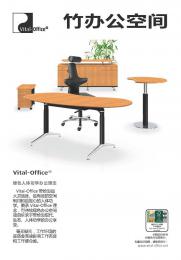




 /a>
/a>
 /a>
/a>
 /a>
/a>
 /a>
/a>
 /a>
/a>
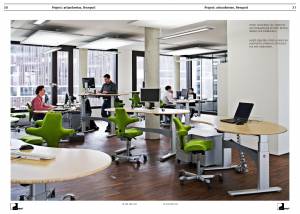 /a>
/a>
 /a>
/a>
 /a>
/a>
 /a>
/a>
 /a>
/a>
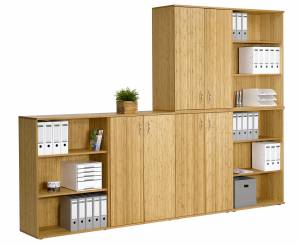 /a>
/a>
 /a>
/a>
 /a>
/a>
 /a>
/a>
 /a>
/a>
 /a>
/a>
 /a>
/a>
 /a>
/a>
 /a>
/a>
 /a>
/a>
 /a>
/a>
 /a>
/a>
 /a>
/a>
 /a>
/a>
 /a>
/a>
 /a>
/a>
 /a>
/a>






